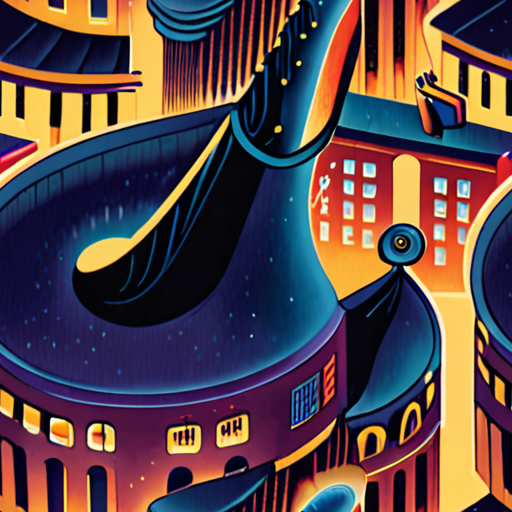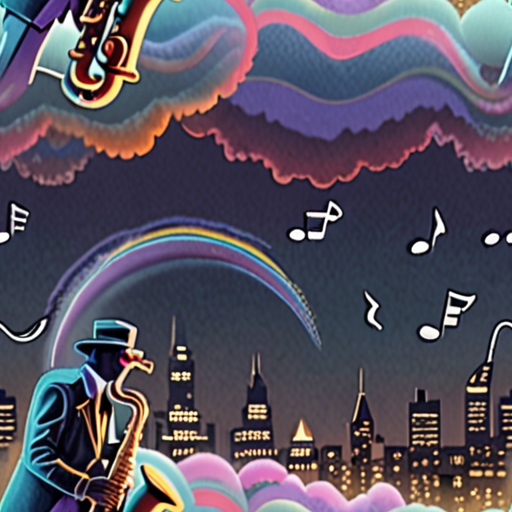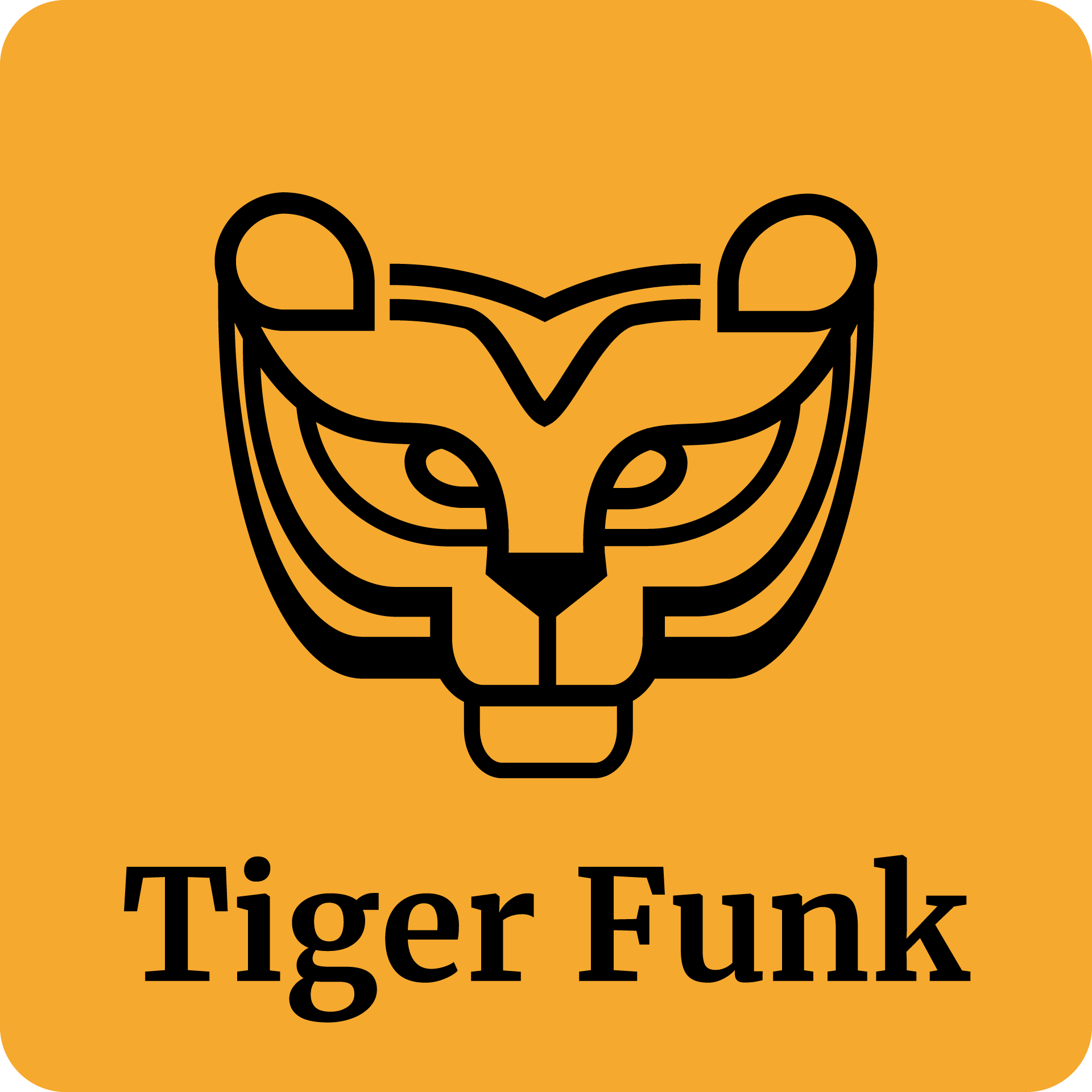For decades, the captivating sounds of soul and jazz have been intertwined, giving birth to the vibrant world of soul and jazz fusion. This unique blend of genres has produced some of the most iconic and enduring music of our time, with legendary artists like Herbie Hancock, Miles Davis, and Weather Report pushing the boundaries of what was thought possible. As we delve into the fascinating history of jazz fusion, we’ll explore its evolution, notable examples, and the controversies that surrounded it. From the pioneers who dominated the scene to the debates about its classification, we’ll examine the essence of soul and jazz fusion and how it continues to thrive in modern times.

Who Dominated Jazz Fusion?
Miles Davis, the legendary trumpeter, was at the forefront of fusing jazz, rock, and funk.
- His pioneering albums In A Silent Way and Bitches Brew featured electric instruments and rock rhythms anchored by jazz improvisation
- Davis’ fusion experiments laid the groundwork for countless others
Main Pioneers of Jazz Fusion
Some notable pioneers of jazz fusion include:
- Miles Davis
- Herbie Hancock
- Weather Report
- The Mahavishnu Orchestra
Other Notable Artists
Other artists who made significant contributions to jazz fusion include:
- Tony Williams Lifetime
- Return to Forever
- Pat Metheny Group
- Chick Corea Elektric Band
Influence on Modern Music
Jazz fusion has had a lasting influence on modern music, with many contemporary artists drawing inspiration from its unique blend of styles.
From electronic and hip-hop to rock and pop, jazz fusion’s innovative spirit continues to shape the sound of popular music today.
Examples of Jazz Fusion
Jazz fusion is a genre that combines elements of jazz, rock, funk, and electronic music.
- The Mahavishnu Orchestra: Known for their complex and intricate compositions, the Mahavishnu Orchestra was a pioneering force in the development of jazz fusion.
- Miles Davis: Miles Davis was a legendary trumpeter who experimented with various styles, including jazz fusion, in his later work.
- Return to Forever: This band, led by Chick Corea, was known for their energetic live performances and innovative blend of jazz, rock, and classical music.
- Weather Report: Formed by Joe Zawinul and Wayne Shorter, Weather Report was a highly influential jazz fusion group that explored a wide range of musical styles.
- Herbie Hancock: Herbie Hancock has been a major figure in jazz fusion, incorporating elements of funk, rock, and electronic music into his work.
- Tony Williams Lifetime: This band, led by drummer Tony Williams, was a key part of the early days of jazz fusion, blending elements of free jazz and rock music.
- Pat Metheny Group: The Pat Metheny Group has been a leading exponent of jazz fusion, combining elements of jazz, rock, and world music in their work.
- John McLaughlin: John McLaughlin has been a key figure in jazz fusion, exploring a wide range of musical styles and collaborating with artists from around the world.
- George Duke: George Duke was a keyboardist and composer who played a significant role in the development of jazz fusion, incorporating elements of funk and rock music into his work.
- Al Di Meola: Al Di Meola has been a leading guitarist in jazz fusion, known for his technical virtuosity and eclectic approach to music.
Jazz fusion has had a profound influence on popular music, inspiring countless musicians and bands across a wide range of genres.

Why Fusion Was a Controversial Style of Jazz
Fusion was invented to compete with rock and soul music, so it had to have electric and electronic instruments.
- The use of electric and electronic instruments was a departure from traditional jazz, which emphasized acoustic instruments like saxophones, trumpets, and pianos.
- This shift towards electric and electronic instruments led to a change in sound and style, making fusion a distinct genre of music.
- Fusion musicians often incorporated elements of rock, soul, and classical music into their work, further blurring the lines between genres.
The controversy surrounding fusion stemmed from its perceived commercialization and watering down of traditional jazz.
- Some critics argued that fusion was too focused on showmanship and spectacle, rather than musical substance.
- Others felt that fusion’s emphasis on electric and electronic instruments made it less authentic and less connected to the roots of jazz.
- Additionally, the rise of fusion coincided with the decline of traditional jazz clubs and venues, leading to concerns about the future of the genre.
Despite these controversies, fusion continued to evolve and influence subsequent generations of musicians.
- Musicians like Miles Davis, Herbie Hancock, and Weather Report helped shape the sound of fusion and push its boundaries.
- Fusion’s experimental approach and incorporation of non-jazz influences paved the way for later genres like acid jazz and nu-jazz.
- Today, fusion remains a vital part of jazz heritage, with many contemporary musicians drawing on its legacy and innovations.
At Tiger Funk, we celebrate the rich history and cultural significance of funk, soul, and jazz fusion music.
Learn more about our mission and discover the latest articles, artist profiles, and album reviews.
Jazz Fusion Musicians
Tiger Funk celebrates the rich history and cultural significance of funk, soul, and jazz fusion music.
- The Mahavishnu Orchestra: A pioneering group known for their complex and technically demanding style, blending elements of rock, jazz, and classical music.
- Miles Davis: A legendary trumpeter and bandleader who experimented with various styles, incorporating jazz fusion into his work.
- Return to Forever: A band led by Chick Corea, featuring a unique blend of jazz, rock, and Latin American influences.
- Weather Report: A group formed by Joe Zawinul and Wayne Shorter, characterized by their eclectic and improvisational approach to jazz fusion.
- Herbie Hancock: A versatile pianist and composer who has explored various styles, including jazz fusion, electronic, and R&B.
- Pat Metheny Group: A band founded by Pat Metheny, known for their distinctive sound, which combines elements of jazz, rock, and world music.
- Brand X: A British band that blended jazz, rock, and funk, featuring John Goodsall and Percy Jones.
- George Duke: An American keyboardist and producer who worked with a variety of artists, incorporating jazz fusion into his own music.
- Al Di Meola: An Italian-American guitarist and composer who has explored various styles, including jazz fusion, rock, and classical music.
- Jeff Lorber: An American keyboardist and producer who has worked with a range of artists, contributing to the development of jazz fusion.
- Lee Ritenour: An American guitarist and composer who has collaborated with numerous artists, incorporating jazz fusion into his work.
- Stanley Clarke: An American bassist and composer who has explored various styles, including jazz fusion, rock, and R&B.
- John McLaughlin: A British guitarist and composer who has worked with a range of artists, contributing to the development of jazz fusion.
- Steve Khan: An American guitarist and composer who has collaborated with numerous artists, incorporating jazz fusion into his work.
- Bill Connors: An American guitarist and composer who has worked with a range of artists, contributing to the development of jazz fusion.
- David Sancious: An American keyboardist and composer who has collaborated with numerous artists, incorporating jazz fusion into his work.
- Jan Hammer: A Czech-American keyboardist and composer who has worked with a range of artists, contributing to the development of jazz fusion.
- Mike Stern: An American guitarist and composer who has collaborated with numerous artists, incorporating jazz fusion into his work.
- Scott Henderson: An American guitarist and composer who has worked with a range of artists, contributing to the development of jazz fusion.
- Frank Gambale: An Australian drummer and composer who has collaborated with numerous artists, incorporating jazz fusion into his work.
- Victor Wooten: An American bassist and composer who has worked with a range of artists, contributing to the development of jazz fusion.
- Andy Summers: A British guitarist and composer who has collaborated with numerous artists, incorporating jazz fusion into his work.
- Stu Hamm: An American bassist and composer who has worked with a range of artists, contributing to the development of jazz fusion.
- Roy Bittan: An American keyboardist and composer who has collaborated with numerous artists, incorporating jazz fusion into his work.
- Tommy Aldridge: An American drummer and composer who has worked with a range of artists, contributing to the development of jazz fusion.
- Greg Howe: An American guitarist and composer who has collaborated with numerous artists, incorporating jazz fusion into his work.
- Paul Gilbert: An American guitarist and composer who has worked with a range of artists, contributing to the development of jazz fusion.
- Neal Schon: An American guitarist and composer who has collaborated with numerous artists, incorporating jazz fusion into his work.
- Steve Lukather: An American guitarist and composer who has worked with a range of artists, contributing to the development of jazz fusion.
- Jeff Berlin: An American bassist and composer who has collaborated with numerous artists, incorporating jazz fusion into his work.
- Mark King: A British bassist and composer who has worked with a range of artists, contributing to the development of jazz fusion.
- Anthony Jackson: An American bassist and composer who has collaborated with numerous artists, incorporating jazz fusion into his work.
- Esperanza Spalding: An American bassist and composer who has worked with a range of artists, contributing to the development of jazz fusion.
- Christian McBride: An American bassist and composer who has collaborated with numerous artists, incorporating jazz fusion into his work.
- John Patitucci: An American bassist and composer who has worked with a range of artists, contributing to the development of jazz fusion.
- Chick Corea Elektric Band: A group formed by Chick Corea, featuring a unique blend of jazz, rock, and Latin American influences.
- Chick Corea Akoustic Band: A group formed by Chick Corea, featuring a more acoustic and introspective approach to jazz fusion.
- Return to Forever IV: A reunion of the original Return to Forever lineup, featuring Chick Corea, Al Di Meola, Stanley Clarke, and Lenny White.
- Weather Report Reunion: A reunion of the original Weather Report lineup, featuring Joe Zawinul, Wayne Shorter, Peter Erskine, and Jaco Pastorius.
- Miles Davis Quintet: A group formed by Miles Davis, featuring a mix of jazz, rock, and funk influences.
- The Mahavishnu Orchestra Live: A live album recorded by the Mahavishnu Orchestra, showcasing their complex and technically demanding style.
- Return to Forever Live: A live album recorded by Return to Forever, featuring a unique blend of jazz, rock, and Latin American influences.
- Weather Report Live: A live album recorded by Weather Report, characterized by their eclectic and improvisational approach to jazz fusion.
- Miles Davis Live: A live album recorded by Miles Davis, featuring a mix of jazz, rock, and funk influences.
- The Mahavishnu Orchestra Anthology: A compilation album featuring the best works of the Mahavishnu Orchestra.
- Return to Forever Anthology: A compilation album featuring the best works of Return to Forever.
- Weather Report Anthology: A compilation album featuring the best works of Weather Report.
- Miles Davis Anthology: A compilation album featuring the best works of Miles Davis.
- Jazz Fusion Subgenres: Jazz fusion has branched out into several subgenres, including:
- Fusion Rock: A subgenre characterized by its heavy use of electric instruments and driving rhythms.
- Smooth Jazz: A subgenre marked by its mellow and relaxing soundscapes.
- Acid Jazz: A subgenre influenced by psychedelic rock and funk, often featuring extended instrumental passages.
- Latin Jazz: A subgenre that incorporates elements of Latin American music, such as salsa and bossa nova.
- Electronic Jazz: A subgenre that utilizes electronic instruments and production techniques to create a futuristic sound.
- Avant-Garde Jazz: A subgenre that pushes the boundaries of traditional jazz, often featuring experimental and unconventional approaches.
Is Jazz Fusion Really Jazz?
Jazz fusion, also known as jazz-rock or simply fusion, is a popular music genre that emerged in the late 1960s.
- The genre combines elements of jazz harmony and improvisation with rock music, funk, and rhythm and blues.
- This blend of styles resulted in a unique sound that was distinct from traditional jazz and rock music.
Characteristics of Jazz Fusion
Jazz fusion music often features complex harmonies, extended instrumental solos, and a strong emphasis on rhythm and groove.
- Musicians who played a significant role in shaping the genre include Miles Davis, Herbie Hancock, and Weather Report.
- These artists drew inspiration from a variety of sources, including African American musical traditions, European classical music, and avant-garde experimentation.
Evolution of Jazz Fusion
Over time, jazz fusion evolved into various sub-genres, including smooth jazz, acid jazz, and nu-jazz.
- Smooth jazz, which emerged in the 1980s, emphasized commercial appeal and accessibility.
- Acid jazz, which gained popularity in the 1990s, incorporated elements of electronic dance music and hip-hop.
Critique and Legacy
Jazz fusion has been subject to criticism for its perceived lack of authenticity and its association with commercialism.
- Some critics argue that jazz fusion represents a watering down of traditional jazz values, such as spontaneity and emotional intensity.
- Others see jazz fusion as a vital and innovative force that has expanded the possibilities of jazz and pushed the boundaries of what is possible in music.
Conclusion
Jazz fusion remains a vibrant and diverse genre, with a rich history and a continued influence on contemporary music.

One of the Most Innovative Jazz Fusion Artists
Miles Davis was a renowned jazz trumpeter and innovator who played a pivotal role in shaping the genre.
- Davis was instrumental in defining postbop, jazz fusion, and modal jazz, leaving an indelible mark on the music world.
- His unique blend of traditional jazz and electronic elements paved the way for future generations of musicians.
- Davis’s influence can be seen in the work of many notable jazz fusion artists, including Herbie Hancock and Weather Report.
Tiger Funk celebrates the rich history and cultural significance of funk, soul, and jazz fusion music through in-depth articles, artist profiles, and album reviews.
For a deeper understanding of jazz fusion and its impact on modern music, visit our website at https://tigerfunk.com/ .
Other notable jazz fusion artists worth exploring include:
- Herbie Hancock: Known for his eclectic style and experimental approach to jazz fusion.
- Weather Report: A pioneering jazz fusion band that pushed the boundaries of the genre.
- Return to Forever: A highly influential jazz fusion group led by Chick Corea.
These artists, along with Miles Davis, have helped shape the sound of jazz fusion and continue to inspire new generations of musicians.
The Evolution of Jazz Fusion
Jazz fusion has undergone significant transformations since its inception, incorporating various styles and influences.
- Early Experimentation: Jazz fusion emerged in the late 1960s and early 1970s, characterized by experimentation and fusion of different musical styles.
- Electronic Elements: The incorporation of electronic instruments and effects processors revolutionized the sound of jazz fusion.
- Global Influences: Jazz fusion drew inspiration from diverse global traditions, resulting in a rich tapestry of sounds and styles.
Conclusion
Miles Davis’s innovative spirit and contributions to jazz fusion have left an enduring legacy in the music world.
Tiger Funk continues to celebrate the artistry and creativity of jazz fusion, offering a wealth of knowledge and resources for fans and enthusiasts alike.

0 Comments